Flat Feet in Kids: Harmless Condition or Cause for Concern?
Flat feet are common in infants and toddlers, but as your child grows, you may start to wonder—are flat feet normal or something that needs medical attention?
Let’s break down the facts to help you understand what’s typical, when to be watchful, and when it’s time to seek help from a pediatric orthopedic specialist.
What Are Flat Feet?
Flat feet, or “pes planus,” occur when the arches on the inside of the feet are flattened, allowing the entire sole to touch the ground when standing. In early childhood, this is normal because the arch hasn’t developed yet. As children grow, the arch typically forms between ages 3 and 6.
When Flat Feet Are Normal
In most cases, flat feet are flexible, meaning the arch appears when the child is sitting or standing on tiptoe. This type usually doesn’t cause pain and doesn’t need treatment. Many children outgrow it without any intervention.
When to Be Concerned
Flat feet can become an issue if:
- Your child complains of foot, ankle, or leg pain
- They tire easily or avoid physical activities
- Their shoes wear out unevenly
- The flatness is rigid (arch doesn’t appear when tiptoeing)
- They have difficulty walking or running
In such cases, flat feet may lead to alignment issues that affect posture and gait.
Causes of Problematic Flat Feet
- Genetics – A family history of flat feet increases the likelihood
- Tight Achilles tendon – Can restrict proper foot movement
- Neuromuscular conditions – Such as cerebral palsy or muscular dystrophy
- Obesity – Excess weight can put stress on the foot structure
Diagnosis and Treatment
A pediatric orthopedic specialist will evaluate your child’s foot through a physical exam and, if needed, imaging like X-rays. Treatment depends on the severity and symptoms:
- No treatment if flexible flat feet are pain-free
- Stretching and strengthening exercises
- Custom orthotic insoles to support the arch
- Physiotherapy for gait correction
- Surgery in rare, severe cases
Supporting Your Child’s Foot Health
Good footwear can make a big difference. Choose shoes that are supportive and not overly soft or worn out. Encourage physical activity but monitor for fatigue or discomfort.
Every Step Matters
If you’re unsure whether your child’s flat feet are normal or need attention, schedule a consultation with Dr. Nargesh Agrawal at Child OrthoCare. Early evaluation can prevent future problems and support healthy development.






